 Another in our series of new transcriptions of contemporary articles on the Leo Frank case.
Another in our series of new transcriptions of contemporary articles on the Leo Frank case.
The Atlanta Georgian
Wednesday, July 16, 1913
Grand Jury Foreman Admits That Action Against the Negro Is Considered.
The reported proposal by some of the members of the Grand Jury to meet for an investigation of Jim Conley’s connection with the murder of Mary Phagan has precipitated a sharp struggle in which Solicitor Dorsey has declared himself bitterly opposed to any action looking toward the indictment of the negro as a principal in the crime or even as an accessory after the fact, as the negro admits himself to be.
The fight has resolved itself into a contest to determine whether Conley shall go on the stand in the trial of Leo Frank as a reputable, trustworthy and free citizen, the status in which the Solicitor wishes to maintain him, or as a prisoner with the shadow of an indictment hanging over him.
In the latter aspect, several of the members of the Grand Jury are said to contend that he should appear, inasmuch as he is a confessed accessory and a possible principal.
The defense is said not to be opposed to the review of the case by the Grand Jury at this time nor to the indictment of Conley. Luther Z. Rosser, chief counsel for Frank, has charged from the first that Conley was the man guilty of the slaying of Mary Phagan, and it is presumed that he would be willing to enjoy the tactical advantage that the indictment of Conley probably would give the defense.
W.D. Beattie, foreman of the Grand Jury, intimated Thursday morning that the matter of calling the body together to consider a Conley indictment was under consideration by some of the members, but he said that no formal request had as yet been made for him to convene them. He said that he would issue the call when he had received a sufficient number of requests.
It is understood that the requests will be submitted to the foreman Thursday, on the ground that the evidence connecting Jim Conley directly with the crime is infinitely stronger than the evidence on which Leo Frank was indicted about two months ago, and that for this reason Conley should not be permitted to go before a jury as a free and unsuspected man and testify against Frank.
* * *

 Another in
Another in 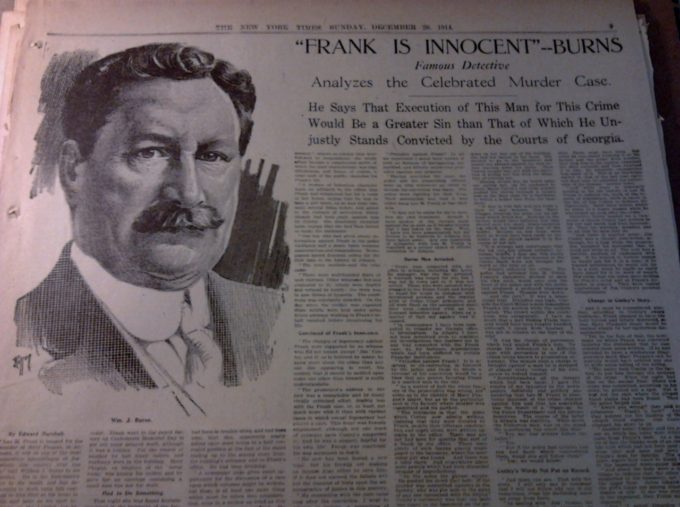
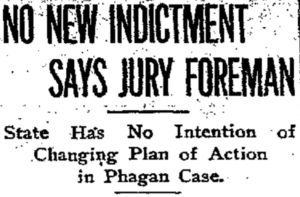 Another in
Another in 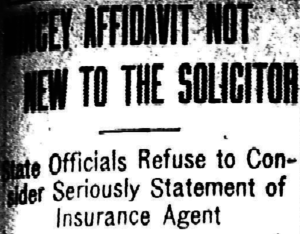 Another in
Another in 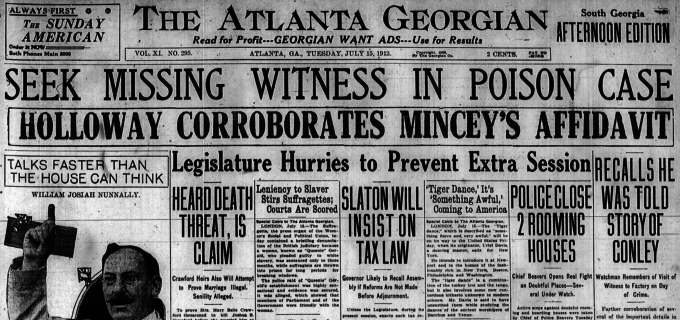 Another in
Another in 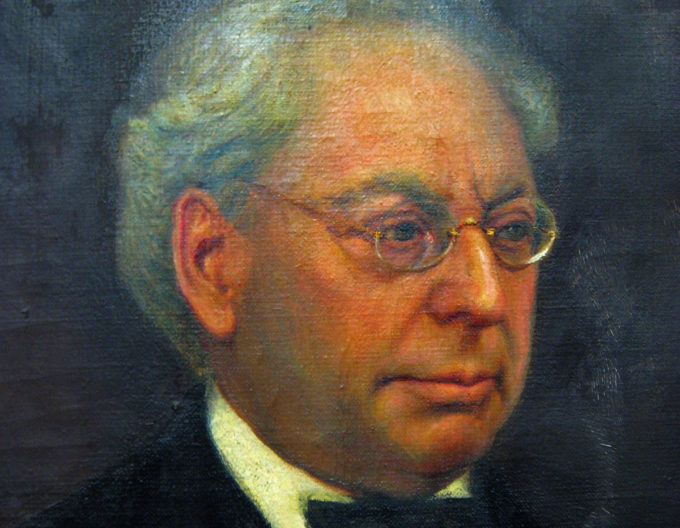
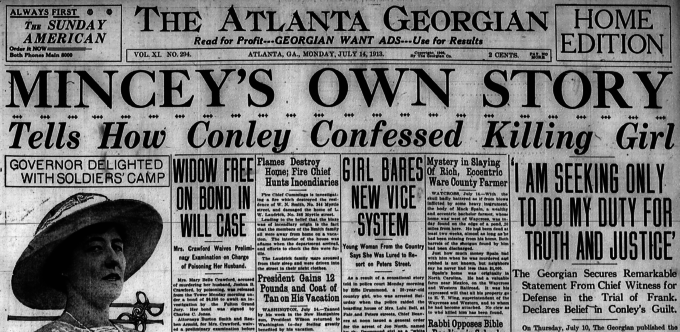 Another in
Another in 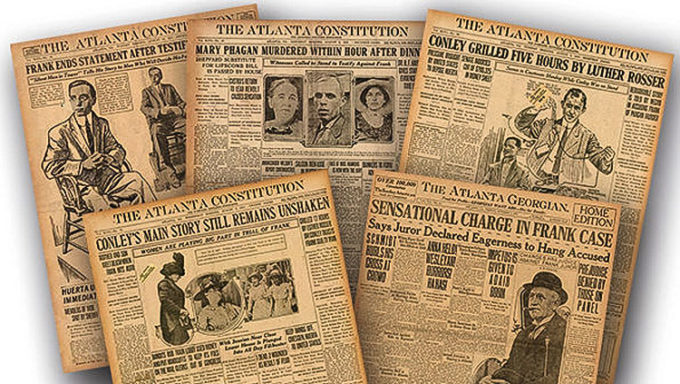
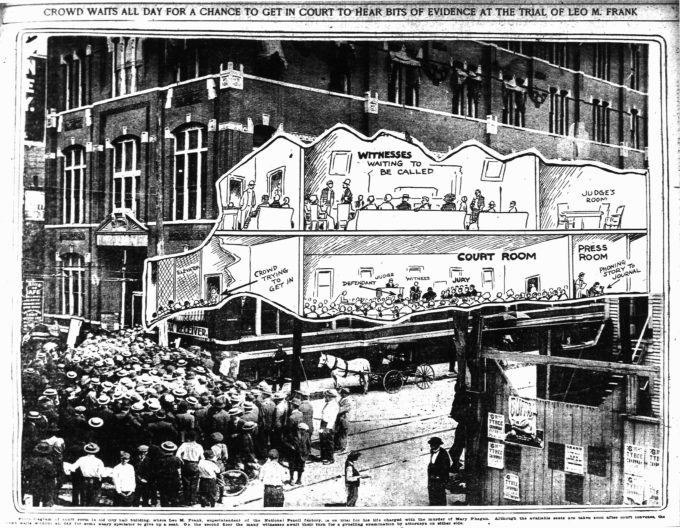
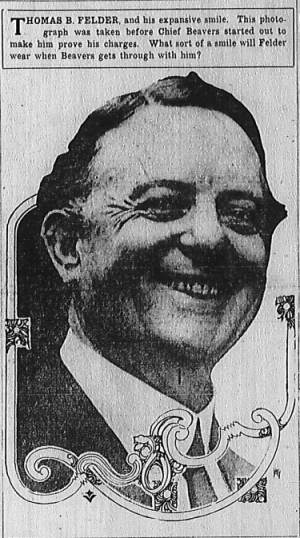

 Another in
Another in  Another in
Another in 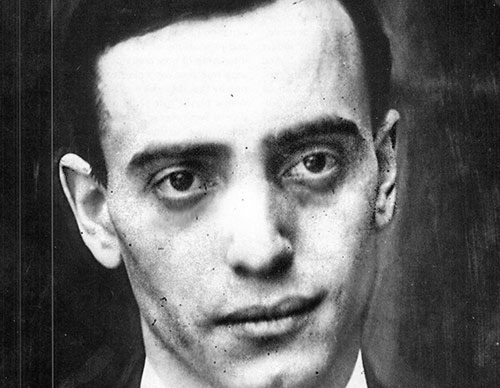
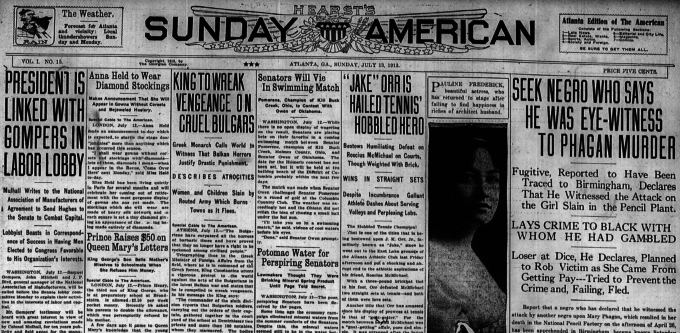 Another in
Another in 

 Another in
Another in 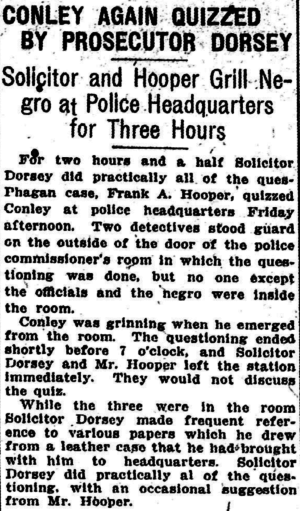 Another in
Another in